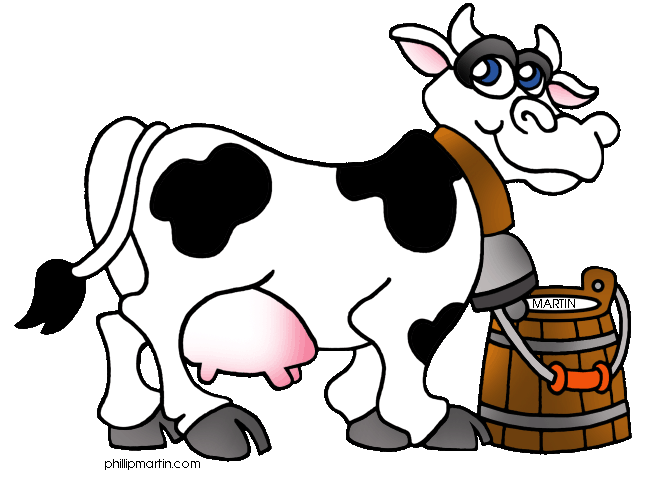Milk is truly a nutritional powerhouse. A one-cup serving provides 30 percent of our daily value for calcium, 25 percent for vitamin D, 24 percent of riboflavin (a B vitamin), 20 percent of phosphorus and 11 percent for potassium.
In fact, a cup of milk has more nutrition than most fruit juices and sports drinks, and it is one of the best sources of dietary calcium that your body can readily absorb.
How much should you drink? According to the American Academy of Pediatrics, children ages one through three should get about two servings of milk daily, three servings daily for kids ages four through eight.
For children, milk is a key source of calcium and vitamin D, and after age two, they should switch from whole milk to low or fat-free milk. For everyone age nine and older, the U.S. Department of Agriculture recommends at least three cups of milk or milk equivalent per day.
There are a variety of milk products on the market today. Don’t assume just because a new kind of milk comes along that it’s better than the milk we grew up with. Read the nutrition facts on the package so you know what you are drinking.
Here’s a quick rundown of popular choices:
Cow’s milk. As a source of calcium, you can’t beat plain old cow’s milk, and it also has more protein than other kinds of milk. Whole cow’s milk is high in saturated fat, however, so — except for babies — it’s always better to drink reduced-fat versions: two percent, one percent, or skim. An 8-ounce glass of whole milk contains 146 calories and 8 grams of fat, of which 5 grams are saturated. An equivalent serving of one percent milk has 102 calories with 2 grams of saturated fat, while skim has 83 calories and is fat-free. Regardless of its fat content, a serving of cow’s milk is always nutritionally the same.
Goat's milk. Americans are not accustomed to drinking goat’s milk, but in many parts of the world it is a staple with plenty of health benefits. Many find goat's milk easier to digest because its protein molecules are smaller than what’s in cow's milk. It is on par with cow’s milk in terms of calcium content and goat’s milk actually has more tryptophan, an essential amino acid. However, not everyone will like the unique sweet-salty taste or strong smell of goat’s milk.
Added by Agriculture4Kids - While these are called milk and according to Webster's 1828 they are, they are inferior to cows milk and goats milk and should not be considered as equal quality substitutes for mothers milk or dairy animals milk.
Soy milk. This is a good choice if you have difficulty digesting cow’s milk. Produced using soybeans that are soaked and then ground with water, soy milk is rich in calcium and protein, low in calories, and it has no saturated fat at all. Soy milk’s popularity is owed to the fact that it tastes good and comes in flavors, such as chocolate, fruit, almond and coconut. The tradeoff is that soy products can compromise the body’s ability to absorb protein and minerals, which diminishes its overall health benefits. There are also concerns about soy and breast cancer risk, with research suggesting that soy may act as a hormone in breast cells.
Almond milk. This milk, comprised of ground almonds, water and sweetener, has lots of fans. Like cow’s milk, it is a great source of vitamins and minerals, and people like almond milk’s rich, nutty taste, which comes in several flavors. It is a good choice for anyone who has difficulty digesting dairy or soy. What’s not so great about almond milk is that one cup has a mere 1 gram of protein versus 7 grams for soy and 8 grams for cow’s milk, and it lacks B vitamins. Some brands also sweeten their almond milk with a hefty helping of sugar.
Rice milk. This type of milk, made from ground rice, is very low in fat and calories, and it is both soy and lactose-free. The problem is, compared to other milk products, rice milk comes up nutritionally short in vitamins A and C, plus it has very little protein.
Coconut milk. This staple of Indian and Thai cooking is a rich and creamy drink that is low in cholesterol and more easily digested than dairy milk. There’s a downside, though: Coconut milk has a whopping 467 calories per cup, which is equivalent to an ice cream parlor milkshake. It’s also pretty paltry as far as protein and calcium go, plus it’s high in saturated fat. So think of coconut milk as an occasional indulgence and not for daily consumption.












